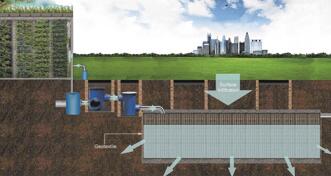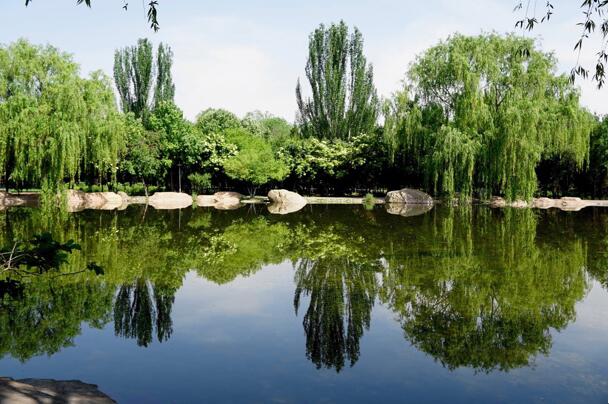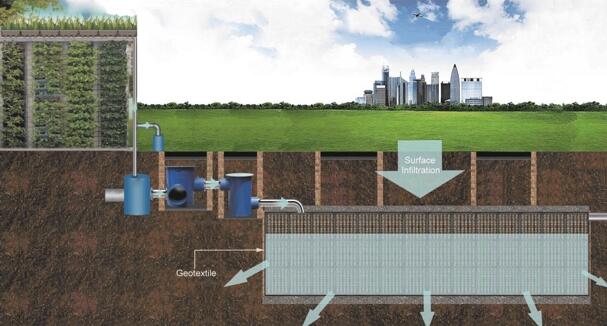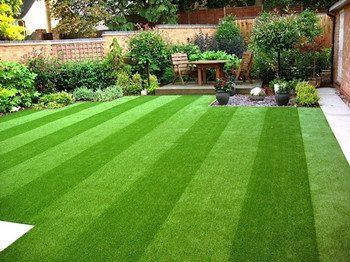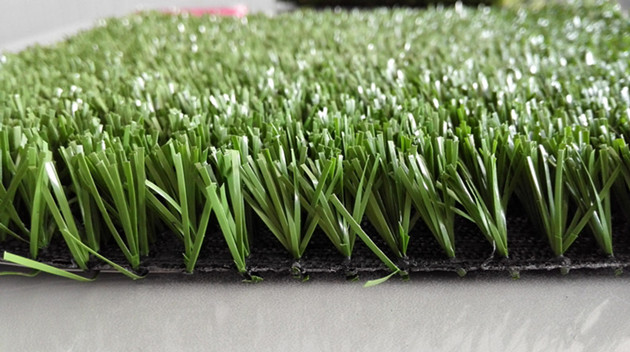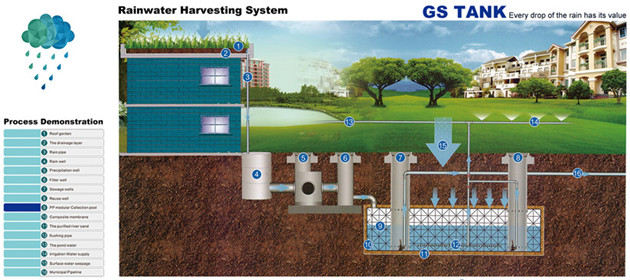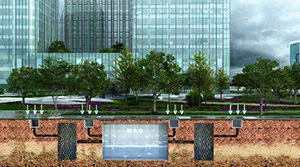Landscape Rainwater Collection And Utilization In Urban Residential Areas
- Constructing a water storage system
When constructing urban garden landscapes, artificial lakes are often built for people to watch. This artificial water system landscape can not only achieve the ornamental effect, but also become a channel for rainwater collection and drainage. Taking the Beijing Botanical Garden as an example, the designer designed three artificial lakes in the botanical garden, so that people can see the botanical gardens, and collect the rainwater from the nearby areas into artificial lakes, making the artificial lakes more abundant. Irrigation of the surrounding plants reduces the plant’s death due to insufficient plant water resources. When the available area of the urban garden landscape is not enough, the relevant personnel can build the water storage tank underground, and irrigate the surrounding plants by means of drainage to ensure the growth of the plant construction, so as to achieve the purpose of beautifying the urban garden landscape.
- Enhance the water storage capacity of the soil
The soil has the function of a reservoir, which can reduce water loss, especially in the soil layer with green crops, and has a strong natural rainwater collection and storage effect. When rainwater penetrates into the soil layer, relevant personnel can build a reservoir to collect rainwater from the underground, collect rainwater from the eaves and drain through the pipeline, and finally introduce it into the landscape plants for irrigation to increase the water volume in the soil layer. The rainwater that penetrates into the plants can also filter the roots of the plants. The relevant personnel can also increase the curvature of the artificially constructed rivers, reduce the speed of rainwater erosion, reduce the loss of rainwater, and increase the water storage capacity of the soil.
- Construction of rainwater soakaway garden landscape
There is sufficient rainwater resources in the southern part of China. If the rational use of rainwater is lacking, water will be wasted. Therefore, relevant personnel can irrigate the plants in the garden by constructing a rainwater soakaway garden landscape, allowing the rainwater to flow into the groundwater system and storing the rainwater. People can also connect the water channel to the reservoir by constructing a drainage channel that leaks the water tank. This will make some of the rainwater to flow into the groundwater system, and another part of the rainwater will flow into the reservoir of the landscape, which will not only improve the rainwater utilization rate, but also reduce the use of urban tap water, thereby reducing wastage of water resource and promoting the sustainable development of urban garden landscape.


